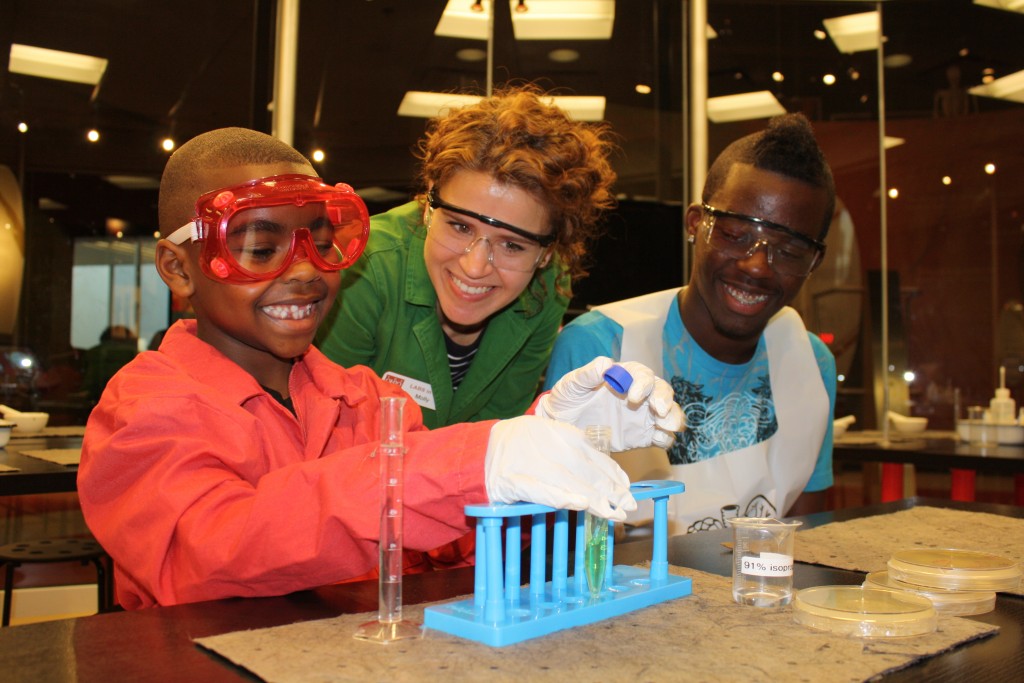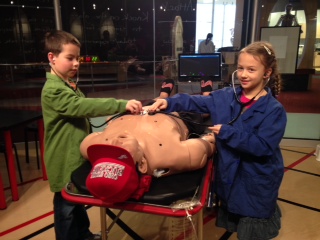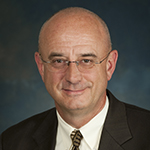by Stacy Andes
For much of my time in college health over the last 15 years, most efforts targeting Greek-affiliated students have involved campus-wide programs and events that did not necessarily take into the account the particular needs and concerns of our students involved with fraternities and sororities. The small group social norms approach allows campuses to move beyond “blanket” mandated programming that treats every fraternity man and sorority woman the same [way]. Through the collection of National College Health Assessment survey data every three years and the creation of Chapter-level reports, every Chapter has contributed to the creation of a specific action plan that meets the needs of their members. It has served as a very meaningful touch point for our fraternity and sorority leaders in examining their Chapter cultures and identifying areas of concern, as well as ways in which they are leading the way to a healthier Greek community and, ultimately, a healthier campus community.

Recent data shows that fraternity and sorority men and women are at greater risk for high-risk drinking and non-medical prescription stimulant use. (Photo courtesy of Stacy Andes.)
With the latest data collection effort, we continued to mirror national trends of substance use and [misuse]. We continued to identify high-risk alcohol use as a particular risk for our Greek men and women. However, alongside high-risk alcohol use, we found that fraternity men and sorority women are also at much greater risk for non-medical prescription stimulant use. This is something that the research literature has been telling us for some time, but our Chapter reports were finally bearing the same fruit. With the ability to speak much more specifically (and confidentially, I might add) to the level of risk within each fraternity and sorority Chapter, our leadership has seen the research translated into their reality. This has been a very powerful vehicle for sharing what we know with what they are actually experiencing. Using aggregate campus data would never have painted this picture, certainly not with the level of detail that we are now able to provide to our Chapters through the small group social norms process. Rather than compare themselves against the average student, this process allows them to compare themselves to one another (e.g., fraternity Chapter with other fraternity men and to themselves over time) which is a much more believable comparison point for our Greek-affiliated students.
As an influential sub-population on campus, fraternities and sororities have the social capital and connection to exert positive change related to a number of health issues (e.g., alcohol and other substance use, sexual violence), and this small group social norms approach has allowed each Chapter to take ownership over that influence. Rather than feeling like targets or like “we’re all the same,” our fraternity and sorority leadership is beginning to embrace their social capital for positive change. Rather than considering various health issues separately, the small group social norms approach and the creation of Chapter-level reports and action plans has helped staff and students make connections between their reported attitudes, perceptions and behaviors around a variety of issues. It is the only approach that has also allowed us to successfully navigate conversations about substance use (alcohol and prescription stimulants, most notably) with our Greek-affiliated students in a way that has heightened awareness and commitment to positive change.
 Stacy Andes has worked in the field of health promotion for more than 14 years and has served as the Director of Health Promotion at Villanova University since 2006. In 2010, she completed her dissertation on non-medical prescription drug use (NMPDU) among college students and created a toolkit for health promotion professionals to begin to assess, address and prevent NMPDU on college campuses.
Stacy Andes has worked in the field of health promotion for more than 14 years and has served as the Director of Health Promotion at Villanova University since 2006. In 2010, she completed her dissertation on non-medical prescription drug use (NMPDU) among college students and created a toolkit for health promotion professionals to begin to assess, address and prevent NMPDU on college campuses.













 Dr. Kenneth M. Hale is Associate Director of the Higher Education Center for Alcohol and Drug Misuse Prevention and Recovery.
Dr. Kenneth M. Hale is Associate Director of the Higher Education Center for Alcohol and Drug Misuse Prevention and Recovery.





